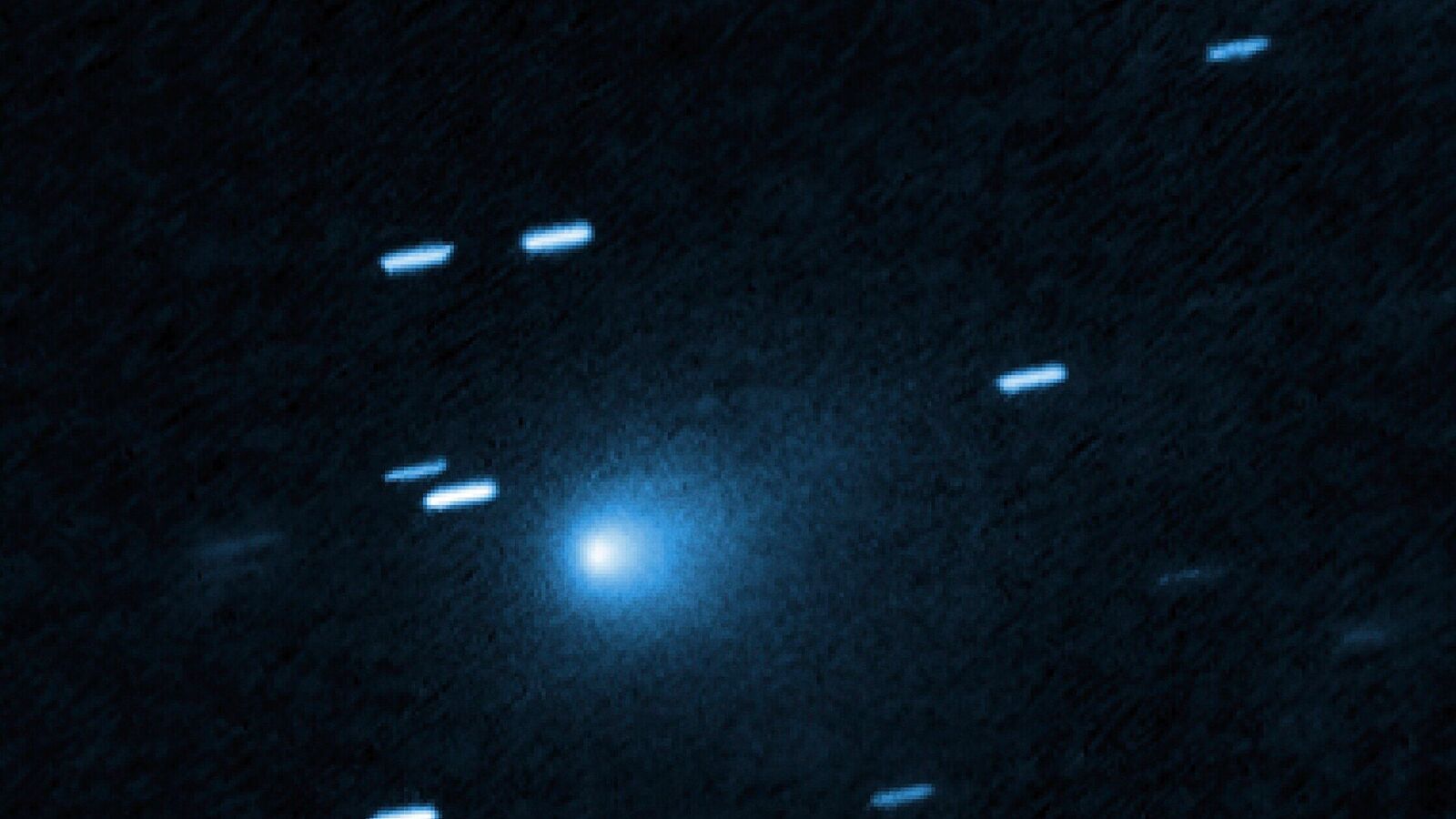NASA scientists have made a significant breakthrough. They confirmed the detection of water’s chemical signature on the interstellar comet 3I/ATLAS. This discovery could fundamentally change our understanding of cometary evolution and whether distant planetary systems might hold the core ingredients for life.
The interstellar comet 3I/ATLAS was first identified on 1 July 2025. It was found by the Asteroid Terrestrial-impact Last Alert System (ATLAS) in Hawaii. 3I/ATLAS is only the third interstellar object ever detected. The others were 1I/‘Oumuamua in 2017 and 2I/Borisov in 2019.
3I/ATLAS Travelling on Hyperbolic Trajectory
Unlike most comets that orbit the Sun, 3I/ATLAS is currently travelling on a hyperbolic trajectory. This means it did not originate in our Solar System; it came from another star system and will depart our Solar System forever. Astronomers estimate its age at a remarkable seven billion years. This makes it almost twice as old as Earth and potentially the most ancient comet ever observed.
Its unique age and origin make it a prime candidate for close study. It offers a brief window to examine the chemical fingerprints of an alien planetary system before it vanishes into interstellar space.
According to a report in BBC Sky at Night Magazine, the detection itself was made by NASA’s Neil Gehrels Swift Observatory, operated in collaboration with Auburn University in Alabama. The facility picked up a faint ultraviolet signal emanating from the comet. This glow is caused by the presence of hydroxyl (OH) gas, which forms when sunlight breaks down water molecules.
This ultraviolet signature, which is invisible to ground-based observatories, was captured by Swift’s space-based instruments. The finding confirms the first chemical evidence of water activity on an interstellar comet at such an extreme distance from the Sun.
The results have been published in a new study that astronomers say will influence future models of cometary evolution and planetary formation right across the Galaxy. Crucially, the detection of water—or its indirect signature—on 3I/ATLAS suggests that planet-forming systems beyond our own may possess similar chemical compositions.
According to lead researcher Dr Zexi Xing, “Every interstellar comet so far has been a surprise.”
“Each interstellar comet we’ve observed has rewritten the rules,” said Prof. Dennis Bodewits, co-author of the study. “‘Oumuamua was dry, Borisov was carbon monoxide-rich, and now ATLAS is revealing water in conditions where we didn’t expect it.”

